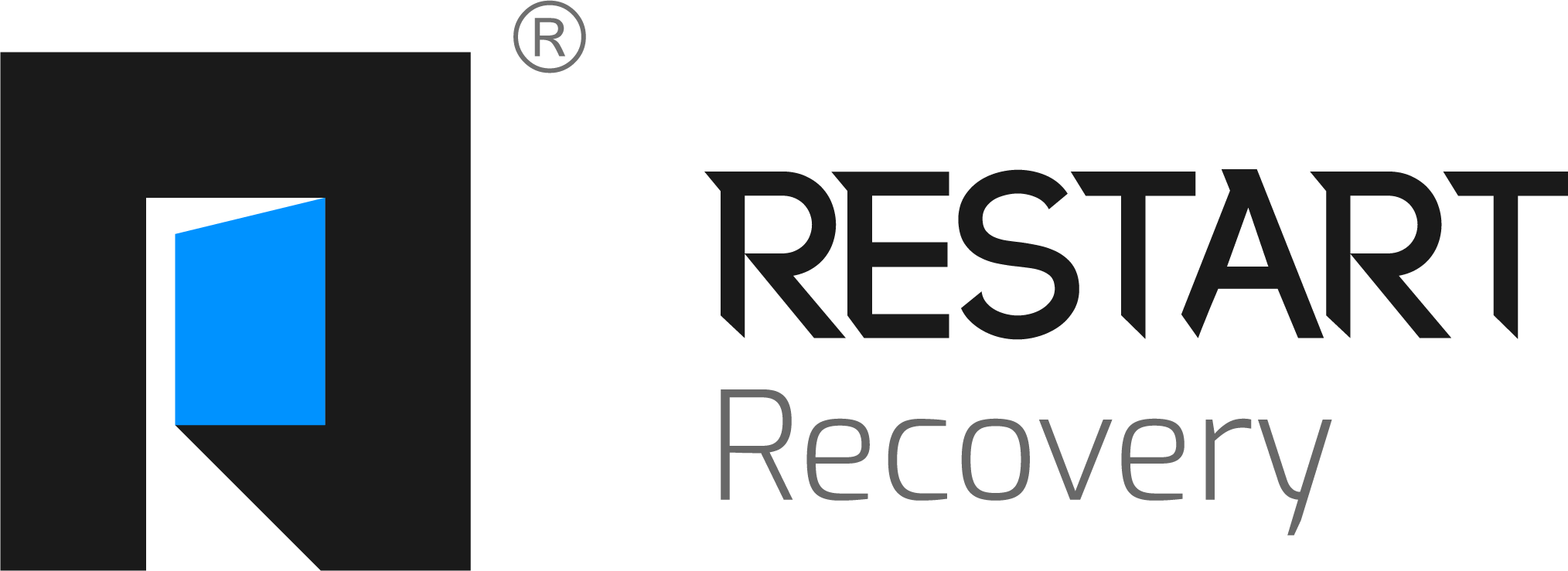7 Most Commonly Used Drugs in College
- Yasmin Maghsoudloo
- May 6
- 4 min read

7 Most Commonly Used Drugs in College
College is a time of growth, learning, and new experiences, but it's also a period when students may be exposed to drugs and substance abuse. The pressures of academic performance, social situations, and newfound independence can lead some students to experiment with drugs. Understanding college's most commonly used substances is essential for raising awareness and fostering prevention efforts. Here are seven of the most frequently abused drugs among college students:
1. Alcohol
Alcohol is by far the most commonly used substance on college campuses. While it's legal for individuals over 21, many underage students also engage in binge drinking at parties, social events, and tailgates.
Why It's Popular: Alcohol is often considered a social lubricant and is deeply embedded in college culture, particularly in fraternities, sororities, and social clubs. The pressure to fit in and have fun leads many students to consume excessive amounts, which can result in dangerous behaviors, alcohol poisoning, and long-term addiction issues.
Risks: Excessive alcohol consumption can impair judgment, leading to accidents, risky sexual behavior, and academic decline. Long-term abuse can result in alcohol dependence, liver damage, and mental health issues like depression and anxiety.
2. Marijuana
Marijuana is the second most common substance used by college students. With the increasing legalization of marijuana across many states, its use has become more socially acceptable.
Why It's Popular: Many students believe that marijuana is safer than alcohol and view it as a way to relax or cope with stress. Some students use it recreationally, while others turn to marijuana for its perceived medicinal benefits, such as anxiety relief or sleep aid.
Risks: While marijuana is often seen as harmless, it can impair cognitive functions like memory and focus, which are critical for academic performance. Chronic use may lead to dependency, and in some individuals, it can exacerbate mental health issues like anxiety and depression.
3. Prescription Stimulants (Adderall, Ritalin)
Prescription stimulants like Adderall and Ritalin, commonly prescribed for attention deficit hyperactivity disorder (ADHD), are widely abused by college students seeking a cognitive edge.
Why It's Popular: Many students use "study drugs" to improve focus, stay awake longer, and enhance academic performance, especially during exams and deadlines. These drugs are often obtained without a prescription from friends or classmates.
Risks: Misusing prescription stimulants can lead to increased heart rate, anxiety, and insomnia. Long-term abuse can result in dependency, heart problems, and psychological issues like paranoia and aggression.
4. Cocaine
Cocaine use is less common than alcohol or marijuana but is still prevalent among certain college demographics, particularly in party settings.
Why It's Popular: Cocaine is often used as a party drug for its stimulating effects, allowing users to feel energized, euphoric, and more confident. It is popular in social settings such as clubs or parties where students want to stay awake and active for extended periods.
Risks: Cocaine is highly addictive, and even occasional use can lead to dangerous cardiovascular problems such as a heart attack or stroke. It can also contribute to mental health disorders like depression or anxiety, and increase risky behavior.
5. Ecstasy (MDMA)
Ecstasy, also known as Molly or MDMA, is popular at music festivals, raves, and parties, particularly among college students who enjoy electronic dance music (EDM).
Why It's Popular: Ecstasy is known for creating feelings of euphoria, emotional closeness, and heightened sensory experiences, making it attractive to those looking to enhance their party experiences or escape stress.
Risks: Ecstasy is dangerous because it can lead to severe dehydration, hyperthermia, and organ failure when used in hot, crowded environments. Long-term use can cause damage to serotonin receptors in the brain, leading to mood disorders and memory problems.
6. Benzodiazepines (Xanax, Valium)
Benzodiazepines, commonly referred to as "benzos," are prescription medications used to treat anxiety and panic disorders, but are frequently misused by college students for recreational purposes.
Why It's Popular: Benzos are often used to relieve stress, anxiety, and insomnia or to "come down" after using stimulants like Adderall or cocaine. Some students also misuse them in party settings to relax or enhance the effects of alcohol.
Risks: Benzodiazepines are highly addictive and can lead to dangerous withdrawal symptoms, including seizures. Combining benzos with alcohol or other depressants can result in life-threatening respiratory failure.
7. Hallucinogens (LSD, Mushrooms)
Hallucinogens, including LSD and psilocybin mushrooms, are less common but still popular among certain college student groups, particularly those interested in expanding their consciousness or having "mind-altering" experiences.
Why It's Popular: Hallucinogens are sought out for their ability to create intense sensory experiences and altered states of consciousness. Students may use them in social settings or during solo trips for self-reflection and exploration.
Risks: Hallucinogens can lead to unpredictable psychological reactions, including paranoia, anxiety, and hallucinations. In some cases, they may trigger or exacerbate mental health conditions such as schizophrenia or psychosis.
Conclusion
Understanding the most commonly used drugs on college campuses is key to addressing substance abuse and promoting healthy, balanced lifestyles for students. While experimentation may be a part of the college experience, the risks associated with these substances can have long-term consequences on both physical and mental health. Educating students, parents, and educators about these dangers can help prevent addiction and encourage safer choices.
If you or someone you know is struggling with substance abuse, seeking professional help is crucial. Early intervention can make a significant difference in achieving long-term recovery and preventing serious health issues down the line.





Comments